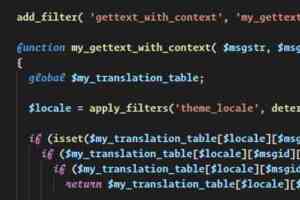Implementing Two-Factor Authentication
Two-factor authentication using the time-based one-time password algorithm can be easily implemented with PHP on any web server. This standardized method is widely used as an additional security measure for logins and uses smartphone apps, e.g. the Google or Microsoft Authenticator, as a second factor.











